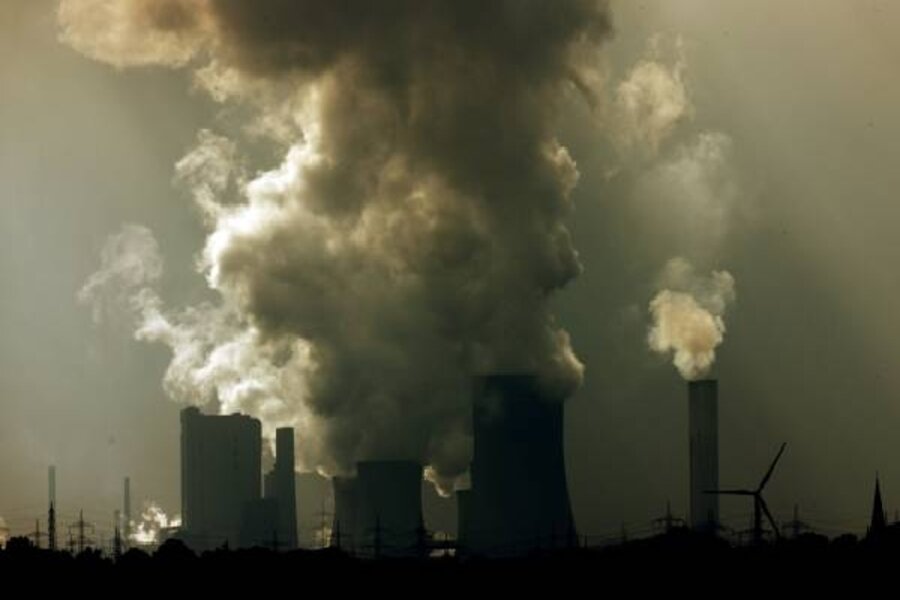The hidden costs of fossil fuels - and biofuels, too
Loading...
A new report by the National Research Council seeks to put a dollar amount on the “hidden” costs of energy produced by burning fossil fuels.
These costs aren’t factored into the market prices of coal, oil, and gasoline, or the prices of electricity generated by fossil fuels, the report says. But someone eventually pays for them.
The report found that, in 2005, the hidden costs of energy production with fossil fuels in the United States amounted to $120 billion. This includes the negative impact of air pollution on health, but doesn’t include the effects of mercury emitted by coal-fired plants on wildlife and people, harm done to ecosystems by air pollution, or the climate-warming effects of carbon emissions.
Coal-fired plants produce about half the nation’s electricity. The report found that pollutants like sulfur dioxide, nitrogen oxides, and particulate matter cost the US $62 billion. That works out to about 3.2 cents’ worth of “nonclimate” damages for every kilowatt-hour (kWh) generated.
Natural gas had fewer hidden costs than coal. Four hundred ninety-eight natural-gas-powered electric plants caused about $740 million in damages. That’s about 0.16 cents per kWh, or 1/20th of the damage produced by coal.
Vehicles, meanwhile, which account for 30 percent of US energy use, produced $56 billion in damages. That works out to between 1.2 and 1.7 cents’ worth of hidden costs per mile traveled.
Climate considerations aside, damages wrought by ethanol made from corn were usually similar to, or even slightly worse, than damages from gasoline. That’s because of the extra energy needed to convert corn to biofuel.
Editor’s note: This article is one of a series of brief updates on environmental studies of interest.
For more articles about the environment, see the Monitor’s main environment page, which offers information on many environment topics. Also, check out our Bright Green blog archive and our RSS feed.





